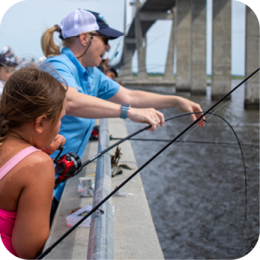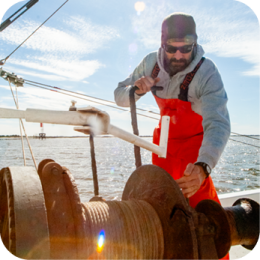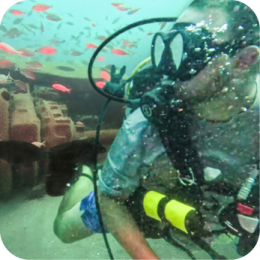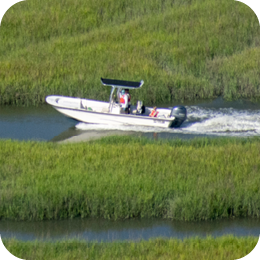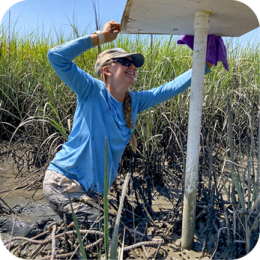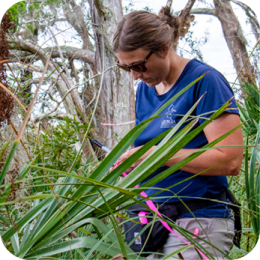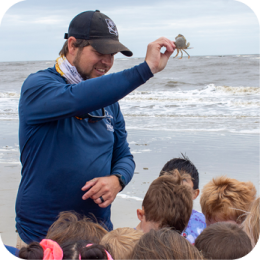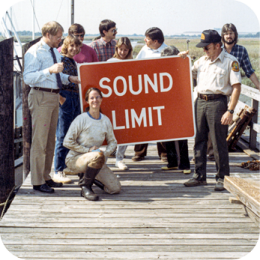This serves as notification from the Coastal Marshlands Protection Committee and the Georgia Department of Natural Resources of a request from Raj Patel for a Coastal Marshlands Protection Act (CMPA) permit under Official Code of Georgia (O.C.G.A.) 12-5-280 et seq., to construct and maintain a living shoreline at 330 Clipper Bay, Buffalo River Tributary, Oak Grove Island, Glynn County, Georgia. The project site is a 1.67 acre private hammock within the Oak Grove Island subdivision. The hammock is accessed by a previously permitted, pile supported bridge and contains a single family residence. The northern shoreline is adjacent to a tidal creek and is experiencing active erosion. The applicant proposes to construct and maintain a living shoreline within CMPA jurisdiction. The proposed project is under 1/10 of an acre and therefore may be considered a minor alteration of coastal marshlands under O.C.G.A. 12-5-280 et. seq.
The marshlands component of the proposed project consists of constructing and maintaining a 374 linear foot living shoreline. The installation and implementation of the shoreline stabilization will require selective vegetation trimming along the north side of the parcel to allow increased sunlight penetration to the soil and provide access for construction. Approximately 1,345sq.ft. of the creek bank will be graded to establish a 2H:1V slope. Shoreline grading will result in approximately 745sq.ft. of impacts to coastal marshlands. Once the desired slope is established, the shoreline will be stabilized with 741sq.ft. of Flexamat, a concrete mat system designed with openings to support vegetation growth and reduce erosion. The toe and outer edges of the Flexamat will be protected from erosion by 225sq.ft. (9cu.yds.) of rip rap. Both the Flexamat and rip rap will overlap the grading area and therefore will not add to the total impacts to coastal marshlands. The Flexamat will be planted with a salt tolerant species to provide ecological benefits and added erosion control. Approximately 2,640.9 sq. ft. of the bank will be planted, of which 1,338.4sq.ft. is within CMPA jurisdictional areas. These plantings will consist of a combination of the 14 jurisdictional plant species identified in the CMPA, overlapping already impacted areas, except for a 105sq.ft. section located on the western side of the project area.
On the east and west side of the proposed Flexamat, near the top of the newly graded slope, Filtrexx Grosoxx will be installed. Filtrexx Grosoxx is a shoreline stabilizing material composed of a tube filled with native soils which are pre-seeded. The tubes are anchored adjacent to and on top of one another, slightly offset, along the shoreline providing additional stability and will become vegetated over time. Approximately 1,423.4sq.ft. of Grosoxx will be installed along the upper part of the slope on the east and west sides of the Flexamat. Approximately 375.4sq.ft. of the Grosoxx will impact coastal marshlands. Total impacts to coastal marshlands for the proposed living shoreline are 1,213sq.ft. (0.03 acre) and will include 37 cubic yards of fill.
There is no upland component for the living shoreline as it does not qualify under 391-2-3-.02, Regulation of Upland Component of a Project.
No upland impacts associated with the living shoreline were required to be authorized by a Buffer Variance as stated in a letter from Georgia Environmental Protection Division dated March 12, 2025.
It is the responsibility of the applicant to demonstrate that the project is not contrary to the public interest and that no feasible alternative sites exist. Impacts to coastal marshlands must be minimal in size. In passing upon the application for permit, the Coastal Marshlands Protection Committee shall consider the public interest: (1) Whether or not unreasonably harmful obstruction to or alteration of the natural flow of navigational water within the affected area will arise as a result of the proposal; (2) Whether or not unreasonably harmful or increased erosion, shoaling of channels, or stagnant areas of water will be created; and (3) Whether or not the granting of a permit and the completion of the applicants proposal will unreasonably interfere with the conservation of fish, shrimp, oysters, crabs, clams, or other marine life, wildlife, or other resources, including but not limited to water and oxygen supply.
A detailed public notice with drawings has been distributed and is available by visiting the Department of Natural Resources website: CoastalGaDNR.org under “Public Notices.”
Please provide this office with substantive, site specific comments as to why the proposed work should or should not proceed. Comments and questions concerning this proposed project should be submitted in writing and be submitted by the close of business on August 16, 2025 to Paul Tobler, Department of Natural Resources, One Conservation Way, Brunswick, Georgia 31520 or via email at paul.tobler@dnr.ga.gov.
Click here to view application.
